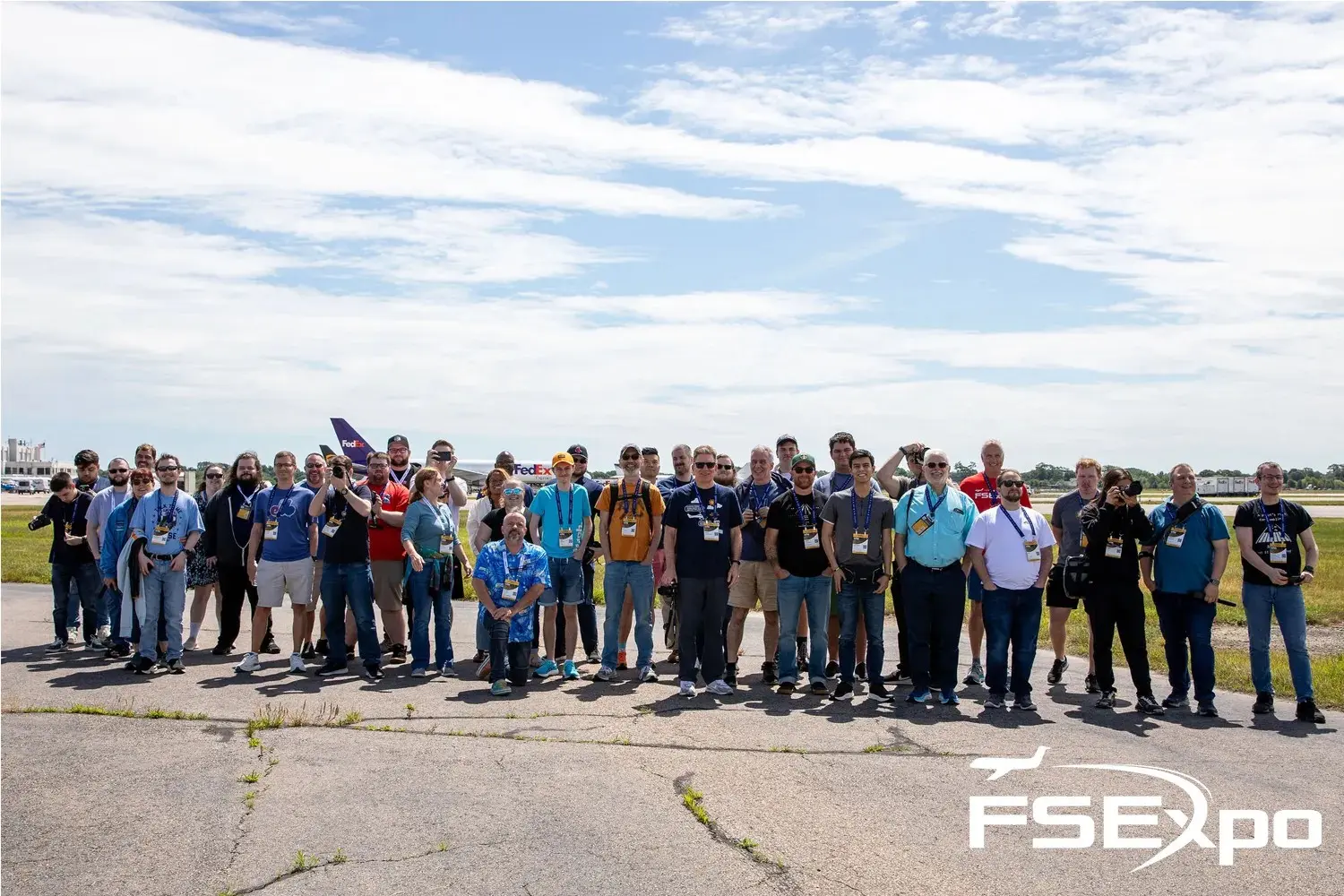VATSIM to Enforce Low FPS Disconnect for X-Plane
VATSIM, the highly popular flight simulation network, has announced the enforcement of a new low frame rate disconnect feature for X-Plane users.
Posted today via a bulletin on their website, VATSIM says it has instructed the developers of its X-Plane clients, xPilot, Swift, and xSquawkbox, to implement a patch that will disconnect users who fail to maintain a steady 20 FPS (frames per second) or higher.

This change stems from a problem relating to X-Plane’s behavior at low frame rates. If the simulator has insufficient resources from the user’s PC, it will lag, and, if this is enough to decrease performance to below 20 FPS, X-Plane will cease to operate in real time.
According to a post on the Laminar Research blog, this is due to the flight model in X-Plane requiring 20 FPS or more to operate fully in real time. So when users drop below the 20 FPS threshold, “it slows down its simulation of real-time so that the simulator is ‘effectively’ running at 20 fps. For instance, if the simulator is running at 10 fps due to extreme rendering settings, X-Plane will run the flight model at half speed. The result is that the physics are integrating in slow-motion in order to avoid destabilizing from the low frame rate.”
In short, this means X-Plane is operating in slow motion which as a consequence causes users' aircraft on VATSIM to move slower, from climb and descent, to taxi, takeoff, and landing, every movement is slower than it should be.
During crowded events such as FNOs (Friday Night Ops) on VATSIM, airplanes going slower than they should be can pose a challenge for controllers. The controller’s radar scope shows data that contains the airspeed of the aircraft in real time, while in reality it isn’t actually going at that speed due to a low frame rate slowing down the simulator.
It should be noted that because P3D and FSX’s flight models are built differently, they do not experience this issue.

This effect is particularly prominent when controllers attempt to sequence aircraft during busy events, which the VATSIM post says is “extremely difficult if not impossible” to achieve. The post continues to mention that this can cause other users to be subject to delays or missed approaches in order to accommodate an X-Plane user running at below 20 FPS.
VATSIM has been tolerant of this feature for many years but it appears that it has finally become a serious enough issue that the network has decided to begin its enforcement of a new low FPS disconnect feature, which will be included in future updates for all three currently supported clients.
If a user is running below 20 FPS for a set amount of time (which has been left unspecified), that user will be disconnected from the network. If the user goes above the minimum frame rate within said time frame, they will not be disconnected unless they drop below again and remain below for the required amount of time.
VATSIM also discourages the usage of the Autospeed plugin, which accelerates the simulator by adjusting the speed of the sim (not the frame rate). Although this will counteract the slowdown of users' simulators, it will impair climb and descent profiles. The frame rate will also remain the same, which will still cause the disconnect to occur.

VATSIM recommends using the 3jFPS or the FPS Boost + Auto LOD scripts, which can help improve users' simulators frame rate through multiple different methods.
They also acknowledge that this move will be unpopular with many X-Plane users, but after a year and a half of assessment by ATC and pilots it was eventually deemed a necessary move. This issue can easily be fixed by simply reducing users' simulator settings or using one of the scripts listed above.
VATSIM also says that this isn’t meant to be punitive, and that users will also be able to immediately reconnect. It simply came down to the fact that it was causing too many problems for the network, and just serves as a warning to users that their rendering settings are too high for their PC, which is affecting other users on the network.
To view the original blog post over on VATSIM’s website, click here. To view previous articles about VATSIM, click here.
Share this page
COMMENT ADVISORY:
Threshold encourages informed discussion and debate - though this can only happen if all commenters remain civil when voicing their opinions.












